Artificial intelligence (AI) has touched various areas of the automotive industry, and car design has not been immune to the trend. While the idea of automating a task that has historically been done by hand would seem at odds with traditional ideals, some big names see the appeal
Designers draw inspiration from all manner of places, from fashion, architecture and nature to sport or other vehicles like bikes, planes and boats. In some cases, weapons even come into the picture, with sculptural scimitar blades inspiring the gentle curve of a roofline. But for all the creative nous in the world, there is always the challenge of coming up with something new – with pushing the boundaries where car design is already worlds away from where it was a century ago. A task that has always been done by hand – be it sketching, moulding clay or digitally rendering – car design is gradually feeling the influence of artificial intelligence.
Not everyone is on board with AI just yet, but Fan Zhang, design director at GAC, is certainly interested in what it might mean for his teams and the wider design community. “Recently, one area I have been following is art and design created by AI. This is quite a provocative topic because a lot of designers resent the idea that design could be taken over by a computer,” he tells Car Design News.
Gilles Vidal, design director at Renault, describes AI as “an extra tool that can help you dig out and find new ideas and possibilities.”
Artificial intelligence is often presented as a new concept in the car industry, perhaps a result of the bubbling hype around autonomous driving. But AI, a subset of machine learning or in even simpler terms, computer algorithms, has been around for some time and is generally employed to make manual, time-consuming tasks more accurately, faster and at scale. AI can be trained to recognise certain images and categorise them, and in the context of design, can also be trained to come up with new forms and patterns. Zhang compares the introduction of AI in design to the emergence of editing software like Photoshop in the 90s.
“I remember in college when photoshop was just becoming popular, I tried to practice using water paint to make gradient transitions in colour on paper. It took the whole afternoon to do one gradation moving from light to dark colour, but it is just one click in photoshop. It takes less than a second,” Zhang explains. “When I reflect on those kinds of experiences, computer technology can ramp up the efficiency of your work. Photoshop was the magic tool for my generation of designers, so why can’t the magic tool for this generation be AI?”
“Some results are so fascinating that you cannot imagine they would have ever been designed by humans. It is a new territory for design”
Zhang has assigned a team to study how AI can be employed in car design, either in part or in whole, and is also collaborating with different universities to the same effect. In addition, GAC has been working with Microsoft China to study AI. He hopes that this will shed light on the discussion which, at this stage, is certainly one of the more polarising trends in this corner of the industry.
A recent report by design consultancy Konzepthaus found that many of the stakeholders involved in automotive design are bullish on the role of AI. More than 77% of respondents suggested AI will influence the work of design departments, primarily in terms of process optimisation but also design content and, to a lesser extent, decision making. “It’s exciting to see that many… assume it will influence the future of design,” commented Oliver Vogt, a partner at Konzepthaus Innovation Consultancy, at the time.
For now, the idea of designing a car entirely by AI seems a way off. Zhang suggests that it might have useful applications in defined areas of the car, such as wheel design, front end graphics or light signatures. And importantly, the AI is ultimately being fed with human ideas – data and variables that has been hand-picked by humans, but also physical sketches and illustrations from which it can build on. AI can also be prompted with certain words and descriptions to help steer the programme in the right direction.
“We are coming up with 1000s of sketches to feed the AI with and for it to learn from. The AI will react and produce in very short time 1000s of proposals. It is about efficiency and creativity,” says Zhang. “You input different elements and the engine calculates different results in the form of pictures. Some are so fascinating that you cannot imagine they would have ever been designed by humans. It is a new territory for design.”
“AI could be another tool in the toolbox”
Vidal is of a similar opinion and suggests that AI might be more useful when tasked with forecasting future solutions and not just finding weird and wacky designs. “What would be interesting is to find alternative silhouettes that make sense for a client’s use. We have to feed the algorithm with what we want people to do with those cars in future and what might be more appropriate,” he explains. “If you mix the aesthetics inputs and proportions, maybe you can’t go beyond that to a certain point because it will look stupid eventually.”
And although creativity does of course have a part to play, it is the element of speed that piques Vidal’s interest. “A way to counter the rising cost of making a car is to do the same quality of job – if not better – but faster,” he says. “AI could be another tool in the toolbox to help with that.” And perhaps AI could relieve some of the strain placed on designers to constantly push the envelope, although most will profess to revelling in the challenge.
In other cases, working with AI could become a skill in itself, complenting the other “tools in the tool box” as Renault’s Vidal puts it. Mike Jelinek, an artist, designer and researcher with a background in automotive, recently told us how there have been some designers who “became so accomplished with a tool that they became trapped.” He adds that, to avoid designs feeling too clinical, “we should ideate and explore as long as possible, using divergent thinking to seek new ideas.” Perhaps AI could help with that.
In other areas, it might be about pushing the limits of performance; hypercar manufacturer Czinger reportedly relied on AI engines to optimise individual components for weight and strength, for example. (For more on Czinger’s blistering 21C, read our interview with its founder, Kevin Czinger, at the 2022 Goodwood Festival of Speed.) Czinger speaks of using ”high-performance computing to create perfectly optimised structures where the human engineer does not need to be constrained by how you manufacture and how you assemble.”
The worry is of course that computers would take over and render the job of the car designer useless. Need a new model for the portfolio? Just go to the car design vending machine and plumb in some variables. “We have these kinds of discussions in the studio actually – what happens if we bring in this kind of AI and we need no designers? But realistically, this is not the case,” says Vidal. “I don’t think it’s right to consider AI as being sufficient to do the job. The design will miss a bit of spark.” Zhang suggests that even though “a computer cannot replace a human being entirely, it can at a certain level for sure.”
This article includes excerpts from recent interviews conducted for Car Design Review 9, the annual print publication that takes a look back at each year’s concept and production cars, and milestones in design. The latest book will be available in the fourth quarter of 2022 – don’t miss it. And for more on the role of software in design, make sure to register for our upcoming livestream on 29 November.









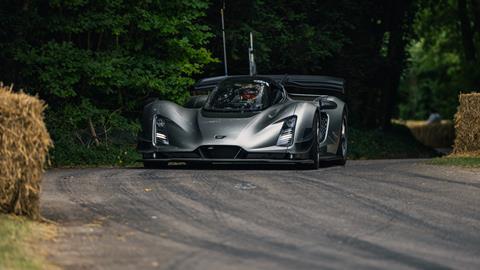
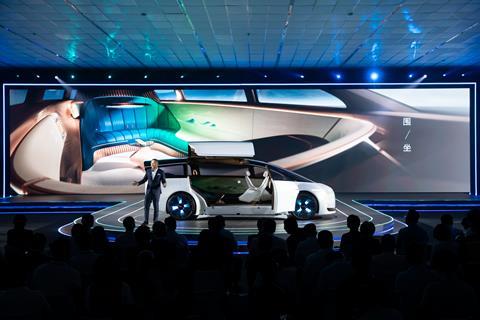
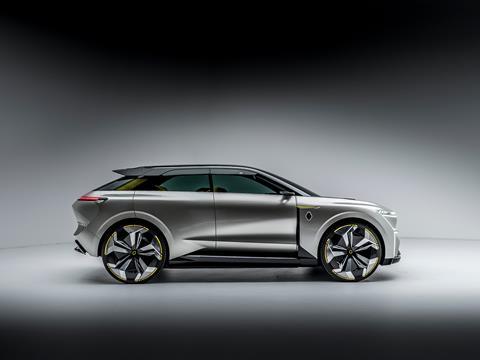
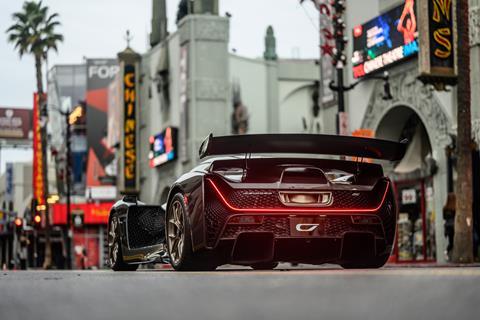
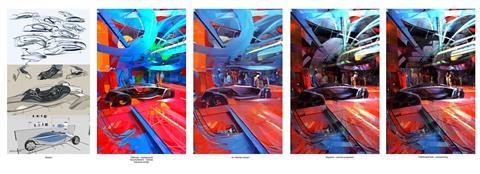
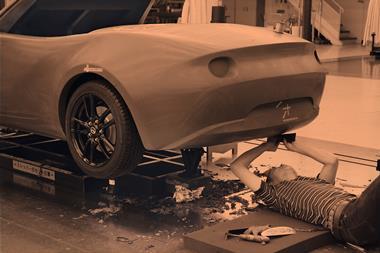
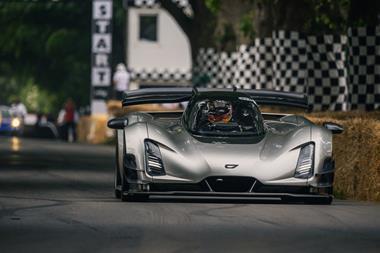
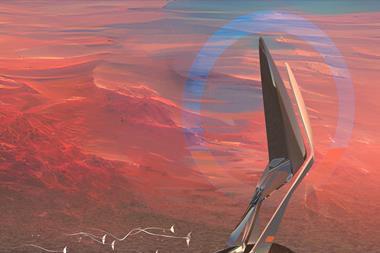




No comments yet